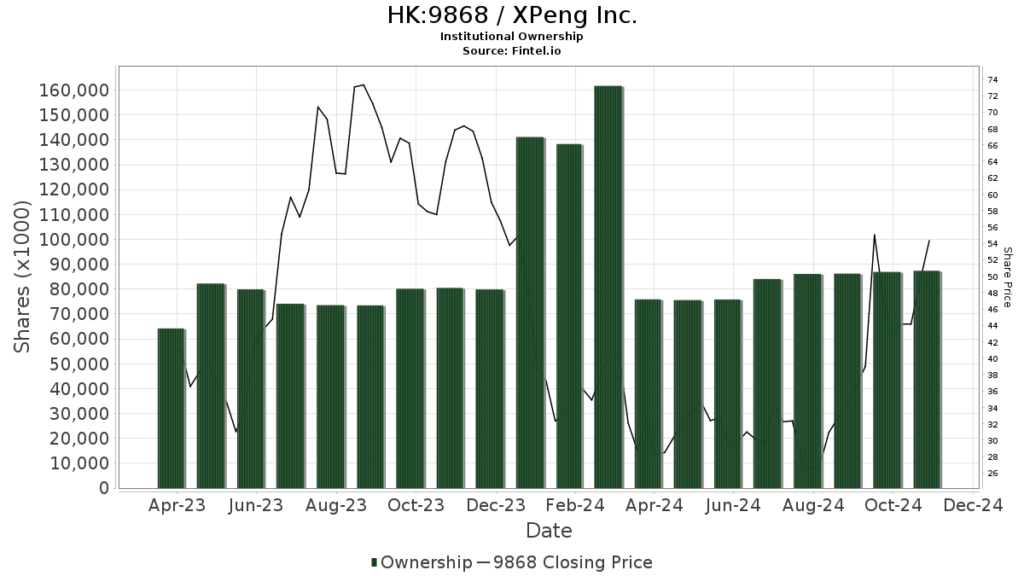Snowflake (NYSE: SNOW) recently revealed its earnings for the first quarter of fiscal 2025, ending on April 30. Despite a 33% year-over-year revenue surge to $829 million – beating estimates by $43 million – the company reported a 5% decline in adjusted net income to $51 million or $0.14 per share. Falling short of the consensus prediction by $0.03, these mixed results sent Snowflake’s stock plummeting more than 20% this year, while the Nasdaq climbed over 10%. Should contrarian investors view this dip as a golden opportunity, or is there further downside to anticipate?

Image source: Getty Images.
Reasons Behind the Bullish Exodus from Snowflake
Large enterprises often grapple with data fragmentation across numerous departments and platforms, hindering efficient decision-making processes. In response, cloud-based data warehouses like Snowflake’s consolidate data into a centralized hub accessible to various third-party applications. Although tech giants such as Amazon Web Services (AWS) and Microsoft Azure offer their own integrated data warehouses, Snowflake distinguishes itself through its ability to run on multiple cloud platforms and its usage-based billing model, eschewing binding subscriptions.
Upon its IPO in September 2020, Snowflake’s exponential growth rates initially captivated investors. Product revenue – its primary revenue source – surged 120% in fiscal 2021 and an additional 106% in fiscal 2022. Notably, the company’s net revenue retention rate, indicating annual growth per customer, spiked from 168% in fiscal 2021 to 178% in fiscal 2022. Skyrocketing from its IPO price of $120 to a peak of $401.89 on Nov. 16, 2021, Snowflake’s valuation reached an extravagant $119 billion, representing 98 times the revenue expected in fiscal 2022. However, lack of GAAP profits and exorbitant valuation rendered the company vulnerable to bearish sentiment amid escalating rates, global tensions, and other macro instabilities.
Assessing Snowflake’s Growth Stability
These macro uncertainties led to headwinds impacting Snowflake’s growth and deflating its lofty valuations. While product revenue climbed 70% in fiscal 2023, the net revenue retention rate waned to 158%. Subsequently, in fiscal 2024, product revenue grew by 38% as the net revenue retention rate dipped to 131%. Despite a temporary stabilization in sales growth over the past year, the consistent decline in the net revenue retention rate remains a concern.
|
Metric |
Q1 2024 |
Q2 2024 |
Q3 2024 |
Q4 2024 |
Q1 2025 |
|---|---|---|---|---|---|
|
Product revenue growth (YOY) |
50% |
37% |
34% |
33% |
34% |
|
Net revenue retention rate |
151% |
142% |
135% |
131% |
128% |
Data source: Snowflake. YOY = Year over year.
Despite Snowflake’s persistent GAAP losses, the company’s non-GAAP margins appear to plateau as it increases investments in new data center GPUs for AI applications. In the first quarter, the non-GAAP product gross margin remained static at 77%, operating margin dipped by a percentage point to 4%, and the adjusted free-cash-flow (FCF) margin receded by 2 percentage points to 44%.
Interestingly, despite accumulating losses, Snowflake persists in deploying capital towards untimely buybacks. In the first quarter, it repurchased $516 million in shares – ostensibly to counterbalance dilution from stock-based compensation expenses – despite a more than 30% drop in its share price over the past three months.
Future Trajectory for Snowflake
The unexpected departure of CEO Frank Slootman, steering Snowflake for the past five years, raised further alarms early this year. Slootman had set an ambitious target in 2022 to attain $10 billion in product revenue by fiscal 2029. However, current projections reveal a substantial challenge in achieving this goal, necessitating a 30% compound annual growth rate (CAGR) in annual product revenue from fiscal 2024 to fiscal 2029. Yet, Snowflake’s short-term outlook suggests a shortfall as product revenue is anticipated to rise only 26%-27% year over year in the second quarter of fiscal 2025, with analysts forecasting a mere 24% total revenue increase for the year. Analysts project revenue growth at a CAGR of 23% from fiscal 2024 to fiscal 2027.
Hindrances tied to macro headwinds, constraining cloud investment for numerous firms, are primarily blamed for Snowflake’s decelerated growth. Nevertheless, the declining retention rates signal challenges in driving additional revenue from existing clientele.
Valuation Assessment and Investment Considerations
As per analysts’ outlook and Snowflake’s current enterprise value of $48 billion, the stock remains relatively overvalued at 14 times this year’s sales. This perspective is further underscored by insider trading data revealing sales of approximately six times the volume of shares purchased over the last year.
While Snowflake continues to expand, the decelerating growth, waning retention rates, stagnant margins, imprudent buybacks, and lofty valuations collectively bear down on its stock. In essence, investors should approach the recent downturn with caution and skepticism, refraining from considering it an opportune moment for purchases.
The Snowflake Stock Conundrum
Before diving headfirst into Snowflake’s stock, let’s dissect some cold, hard facts:
The acclaimed Motley Fool Stock Advisor analyst team recently unveiled their selection of the 10 best stocks for investors to embrace for maximum gains. Surprisingly, Snowflake didn’t make the esteemed list. These chosen 10 stocks are prophesied to yield colossal returns in the forthcoming years.
History speaks volumes. For instance, back on April 15, 2005, Nvidia graced this exclusive list. If you followed their recommendation and invested $1,000 at the time, you would now be sitting on a staggering sum of $652,342!*
Stock Advisor acts as a guiding beacon for investors, offering a straightforward blueprint for success. It includes insightful advice on constructing a resilient portfolio, regular updates from seasoned analysts, and two fresh stock picks each month. The Stock Advisor service has outperformed the S&P 500 by a factor of four since 2002*.
*Stock Advisor returns data up to May 28, 2024
Noteworthy to mention, John Mackey, the ex-CEO of Whole Foods Market—now under Amazon’s umbrella—graces The Motley Fool’s board of directors. Leo Sun strategically holds positions in Amazon. The Motley Fool proudly advocates and endorses investments in Amazon, Microsoft, and Snowflake. Additionally, The Motley Fool proposes advantageous options, like long January 2026 $395 calls on Microsoft and short January 2026 $405 calls on Microsoft. Lastly, The Motley Fool abides by a clearly defined disclosure policy.




